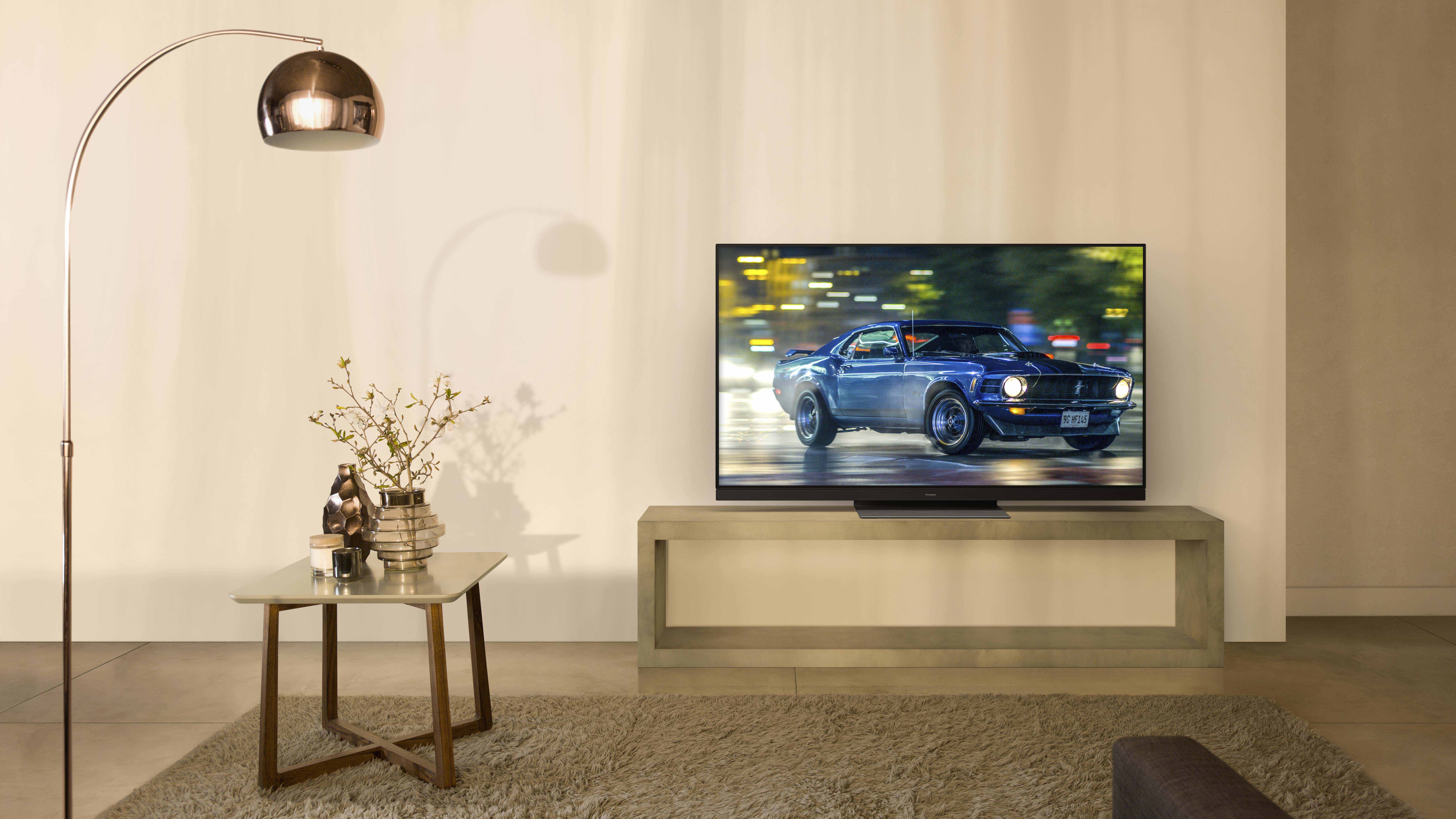TechRadar Verdict
The 55GZ1500 is a fantastic TV all-rounder. It delivers beautifully cinematic, subtle, involving and immaculate pictures that feel as if they’re coming straight out of a Hollywood mastering suite. Its front-facing speaker system enables it to partner those awe-inspiring pictures with clean, direct sound, too. Best of all, it can get the best from every HDR format, thanks to compatibility with both HDR10+ and Dolby Vision.
Pros
- +
Scintillating picture quality
- +
Very good audio
- +
Uniquely flexible HDR support
- +
Built-in Dolby Atmos decoding
Cons
- -
Slightly limited smart features
- -
Minor colour banding
- -
Minor motion stutter
- -
Some OLEDs push brighter
Why you can trust TechRadar
Panasonic’s OLED story is seriously compelling. The Japanese brand pioneered the plasma TV technology that OLED ended up succeeding – while the picture processing it’s developed for the last few OLED generations has been tuned for accuracy by various Hollywood colorists.
Panasonic has developed numerous picture features for its professional monitor division that have gradually filtered down to its consumer TVs.
Most enticingly of all, professional film and TV grading studios have actually started using Panasonic’s consumer OLED TVs as their pro mastering screens, meaning you can actually buy a screen at retail price, then watch a film or TV show that was mastered on that very model.
The 55GZ1500 Panasonic stands out from last year’s models through a new HCX Pro video processor, an improved smart TV interface, built-in Dolby Atmos audio, and most excitingly of all, the ability to play both the HDR10+ and Dolby Vision HDR formats.
Pricing and availability
In the UK, the GZ1500 retails at £2,299 for the 55-inch model, and £2,999 for the 65-inch model. The GZ1500 is available in the UK, EU, Australia and Canada – though not the United States.
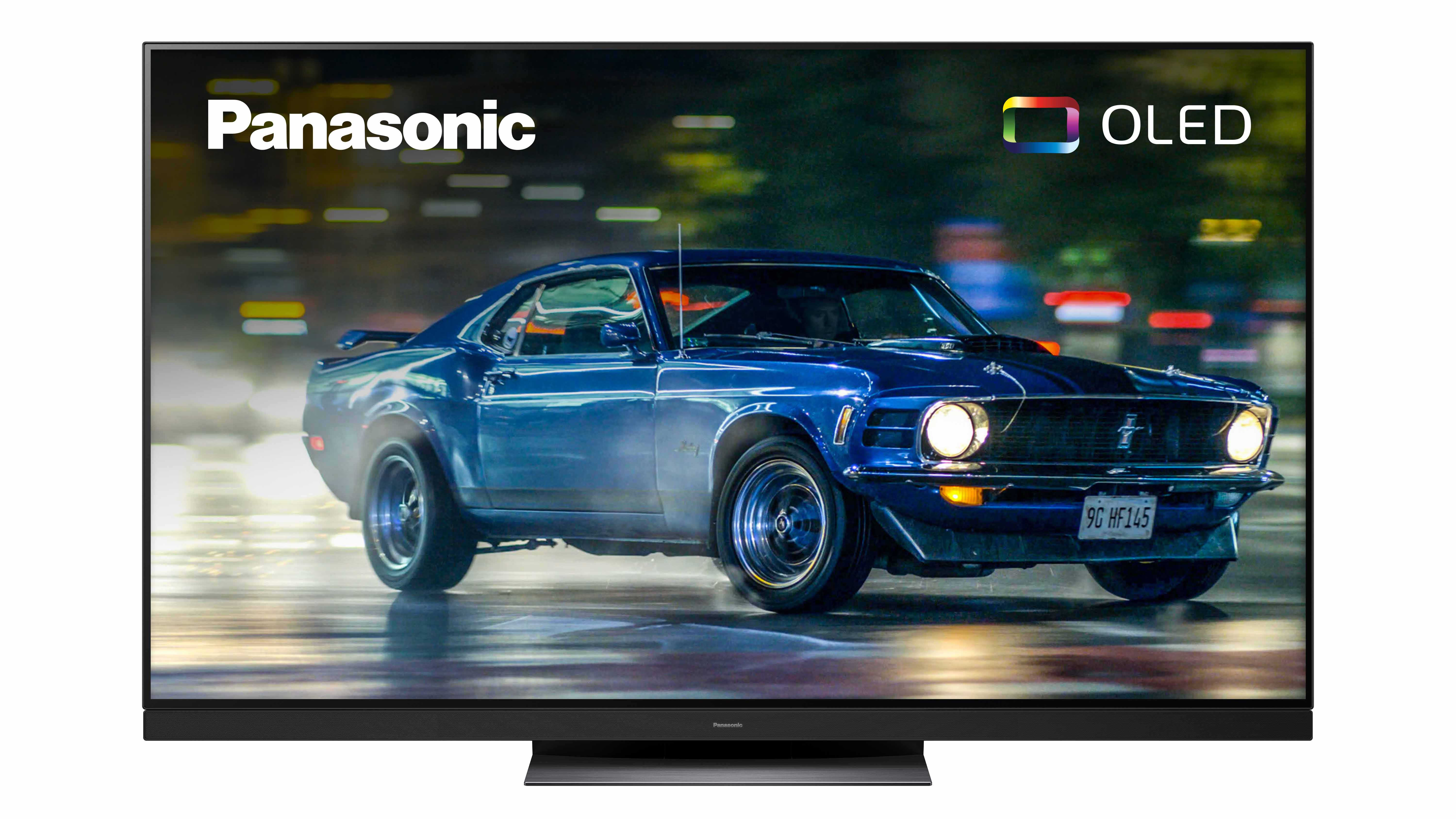
Design
Screen sizes available: 65-inch, 55-inch | Tuner: Freeview HD | 4K: Yes | HDR: Yes (HDR10, Dolby Vision, HLG, HDR10+) | Panel technology: OLED | Smart TV: My Home Screen 4.0 | Curved: No | Dimensions: 1228 x 744 x 62 mm | 3D: No | Inputs: Four HDMIs (all v2.0), three USBs (one 3.0), RF tuner, Wi-Fi, Ethernet, Bluetooth
Panasonic’s mid-range OLED TV for 2019 chooses subtlety and elegance over flashiness and glamour. And there’s nothing wrong with that.
The slim black frame around the screen sits low on a heavy duty – but not especially flashy – metal plate stand, while a built-in soundbar is so well integrated into the TV’s bottom edge that it only adds an inch to the frame’s height.
The screen is barely a centimetre deep at its extremes too – even if the larger sections of the rear casing stick out more than most OLED rivals. It’s a formidably heavy TV too, once its meaty stand has been attached.
Connections are as you would expect of a premium 4K TV in 2019. All four HDMIs support 4K HDR – though unlike LG’s OLED TVs, none of the 55GZ1500’s HDMIs are made to the full bandwidth HDMI 2.1 specification. That means this TV won’t support the 4K 120Hz games we might see from the next generation of PCs or PS5 and Xbox Scarlett games consoles.
The 55GZ1500’s remote control is attractive, well-built and easy to use. It’s a shame, though, that Panasonic doesn’t partner such a premium TV with a second, streamlined ‘smart’ remote.
Design TL;DR Panasonic has done an excellent job of squeezing the 55GZ1500’s powerful picture and sound technologies into an attractively understated and minimalistic body.
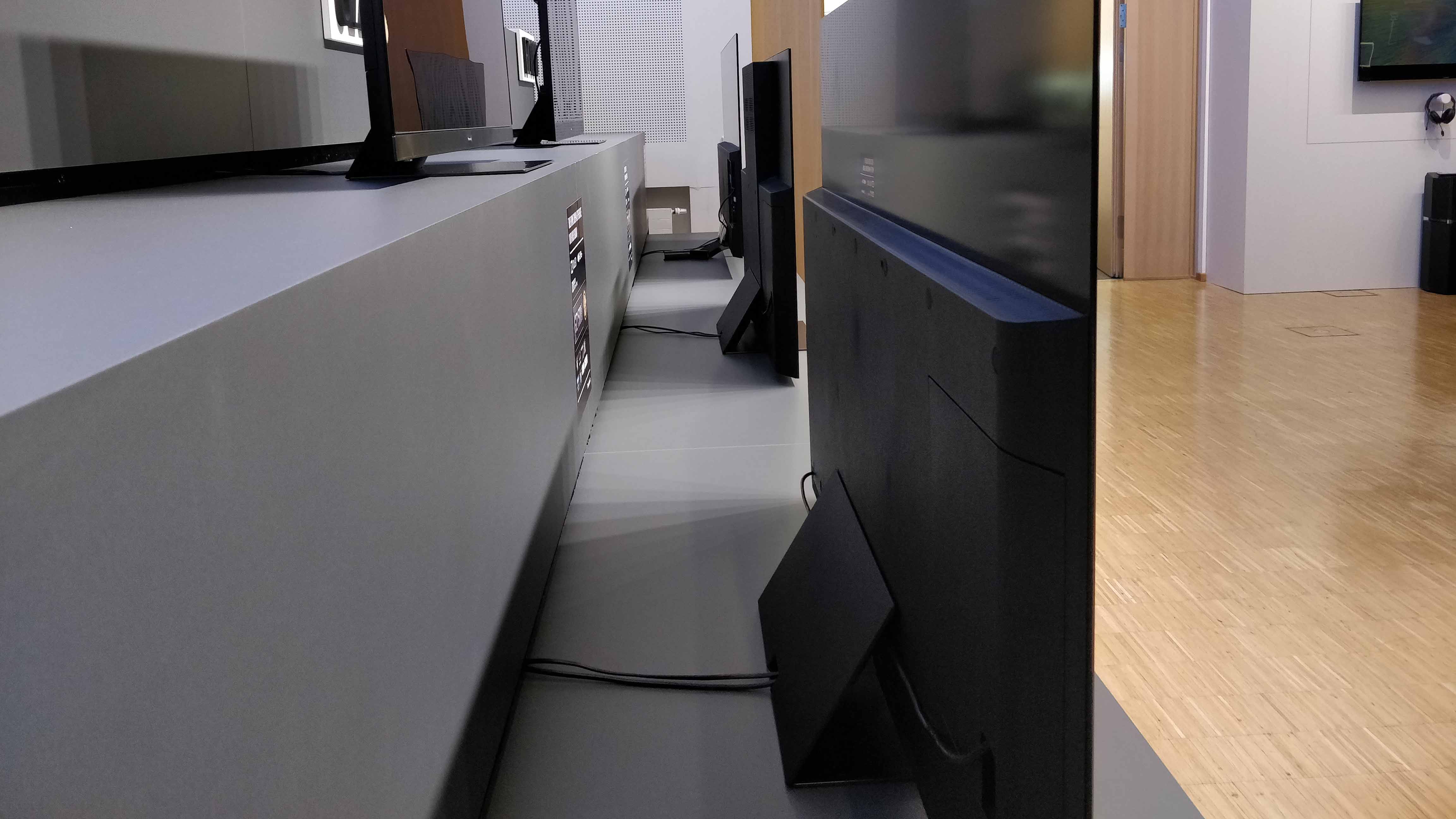
Smart TV (MyHomeScreen)
The 55GZ1500’s smart features are based around the latest version (4.0) of Panasonic’s My Home Screen interface.
At first glance this looks the same as it has before, with just a trio of large icons appearing on the home screen providing access to your app collection, connected devices, and TV tuner options. Also as before, you can easily select apps you’ve downloaded to show up on the home screen, and rearrange the order in which the home screen apps appear.
Look closer, though, and there is a new element to My Home Screen. Namely that you can now scroll vertically down from the starting row of icons to four other rows. Three of these are devoted to Netflix, Youtube and Freeview Play, and show direct links to recommended shows and videos on each platform.
The final deck allows you to change the running order of the new vertical decks, and select the deck that comes up by default when you hit the home button.
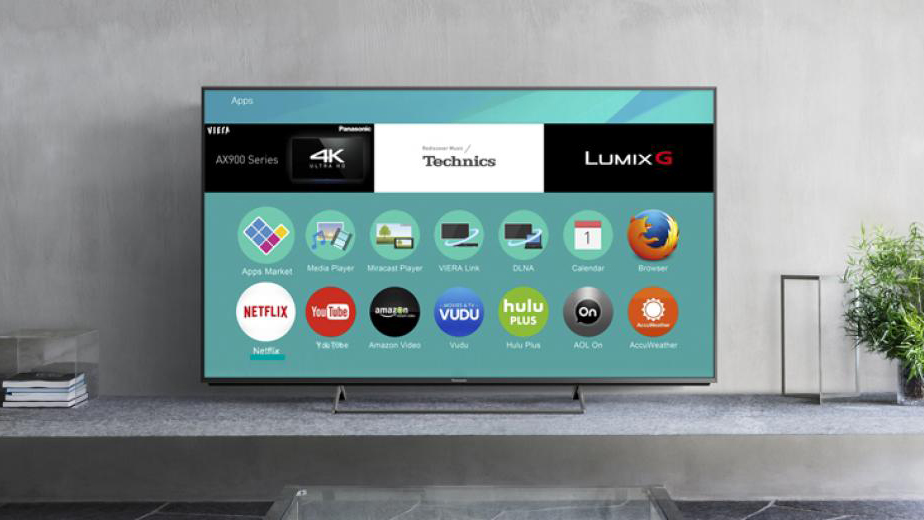
While this new multi-tier home screen streamlines navigation, the platform still feels a little basic compared with some of its rivals. Although it covers the most popular streaming platforms like Netflix, Amazon Prime Video, YouTube, Rakuten and all of the UK’s key terrestrial broadcaster catch up apps – under Freeview Play – it’s still missing a few services you can get on other platforms, such as Now TV, BT Sport, and Apple TV.
The 55GZ1500 also doesn’t support any built-in voice recognition platforms, unlike pretty much all top-tier rivals. Though it can work with Alexa and Google Assistant if you link through to a compatible smart speaker or listening device.
One notable advantage of the 55GZ1500, though, is that thanks to its dual dynamic HDR format support, it will play any HDR content on any platform. That means you get HDR10+ streams on Amazon Prime Video, as well as Dolby Vision streams on Netflix. If you always want to get the best picture quality from any 4K HDR source, support for both premium HDR formats is a big deal.
Smart features TL;DR My Home Screen 4.0 is an attractive, easy to use and very customisable interface, but it’s a little basic in some areas versus the leading systems, and is missing one or two noteworthy apps.
HD/SDR Performance
The 55GZ1500’s pictures are all about subtlety, naturalism and balance – with a display that can eke out every last drop of quality and beauty from the standard dynamic range (SDR) images that still take up a good amount of our viewing time.
For instance, the way Panasonic's TV can render the very finest shadow details and colour tone shifts is in some ways at its most effective within SDR’s relatively confined dynamic range and colour palette. It leaves SDR pictures looking gorgeously refined and nuanced, with the screen’s arguably peerless light management reproducing every last bit of impact and depth SDR has to offer.
Skin tones look exquisitely detailed too, and even the darkest objects appear to have a startling three-dimensionality to them (rather than looking flat or hollow) due to the level of detail the screen can reproduce in dark areas.
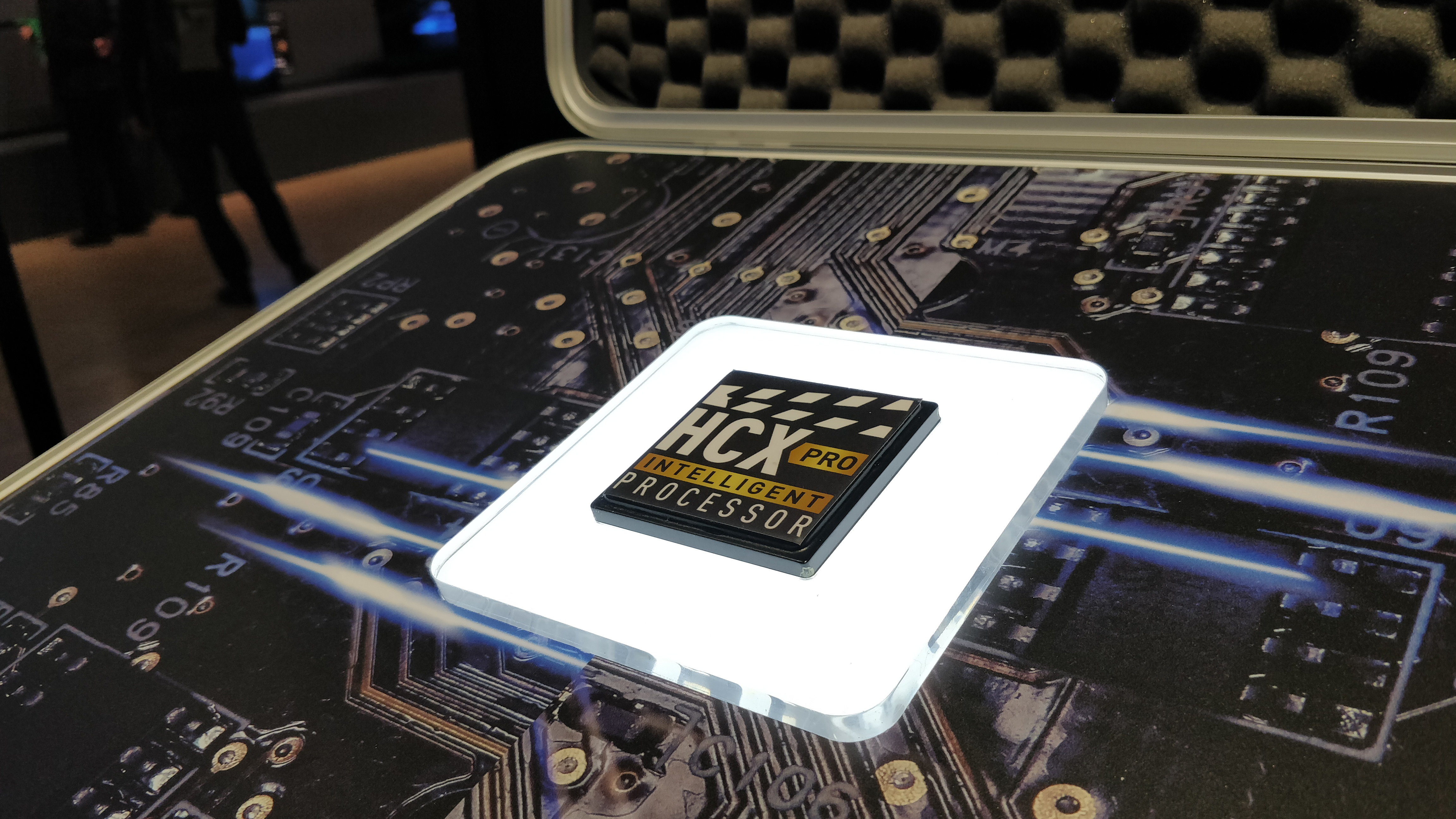
The 55GZ1500’s ability to deliver light and dark pixels right alongside each other with no compromise also helps it make SDR look impressively dynamic. Not HDR levels of dynamic, of course, but punchy enough to reveal just how much SDR can do – especially when reproduced on a screen that feels like an escapee from a professional mastering studio.
The 55GZ1500’s HD to 4K upscaling is also the best Panasonic has ever delivered (which is saying something, actually). It achieves the dual benefit of looking crisper and more detailed than any previous Panasonic upscaling engine, while also doing a better job of suppressing noise and retaining grain without exaggerating it.
The upscaling processing’s work is brilliantly aided and abetted, of course, by the 55GZ1500’s innate shadow detail and colour finesse.
The only negative thing I found with HD/SDR sources was an occasional stutter/pause while watching 24p / 24fps sources – though I’ll cover this in a little more detail in the next section.
HD/SDR Performance TL;DR The 55GZ1500’s SDR pictures are dangerously close to perfect.
4K/HDR Performance
The 55GZ1500’s HDR pictures are, thankfully, just as spectacular, if not more so. There are so many exemplary things about them, in fact, that trying to list them individually proves a major challenge. But here goes.
The set’s contrast performance is mesmerising. Black levels are truly spectacular, delivering black colours as deep and pure as anything I’ve seen on any TV. Crucially, though, they’re also fantastically subtle when it comes to shadow detail and tonal shading in the darkest areas of any HDR source.
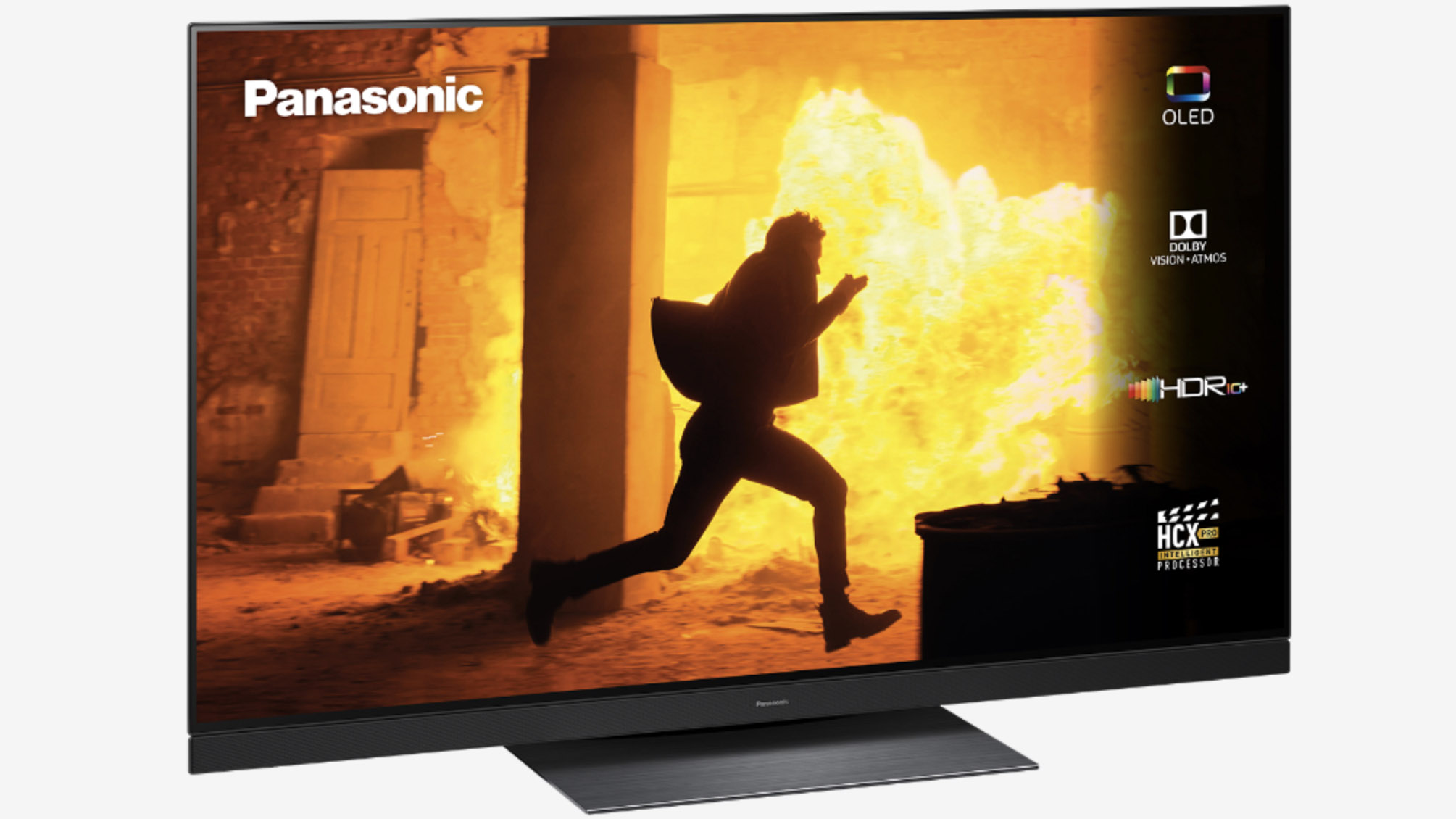
OLED TVs are, of course, renowned for being great at delivering deep black colours, due to their self-emissive nature. However, they traditionally struggle with ‘near black’ image content, due to the difficulties associated with essentially switching OLED pixels off (for full black) and on (for any sort of light).
You really wouldn’t believe this was a problem at all from watching the 55GZ1500, though. There’s no sense of ‘black crush’ (when dark grays simply turn black), and no vertical bar inconsistencies across the panel. Instead, there’s plenty of subtlety and detail in even the deepest near-black parts of the picture – without any of the speckling or blocking noise that you see on most rival OLED TVs. The results of this shading finesse can’t be overstated, ensuring that 4K/HDR sources look cinematic, dynamic and stunningly three-dimensional.
Underlining the phenomenal black level performance is the stellar precision of the 55GZ1500’s light control, especially when handling small light sources in otherwise dark scenes – such as distant city lights at night. There isn’t so much as a hint of compromise in either the intensity of the small bright object or the rich blackness around it.
Of course, it’s not exactly surprising for OLED screens to be able to express extreme light differences, with levels of pixel-level precision beyond their LCD counterparts. But it feels like no screen before has done this quite so exquisitely well with HDR sources as the 55GZ1500: the results are irresistibly immersive and, often, truly beautiful.
The 55GZ1500 is also engagingly bright for an OLED set. Brightness for a white HDR square, covering 10% of the screen, measures at 700-775 nits – depending on which picture preset you use. That certainly isn’t the absolute brightest we’ve tested, but the phenomenal light management on display here makes every single one of those nits count.
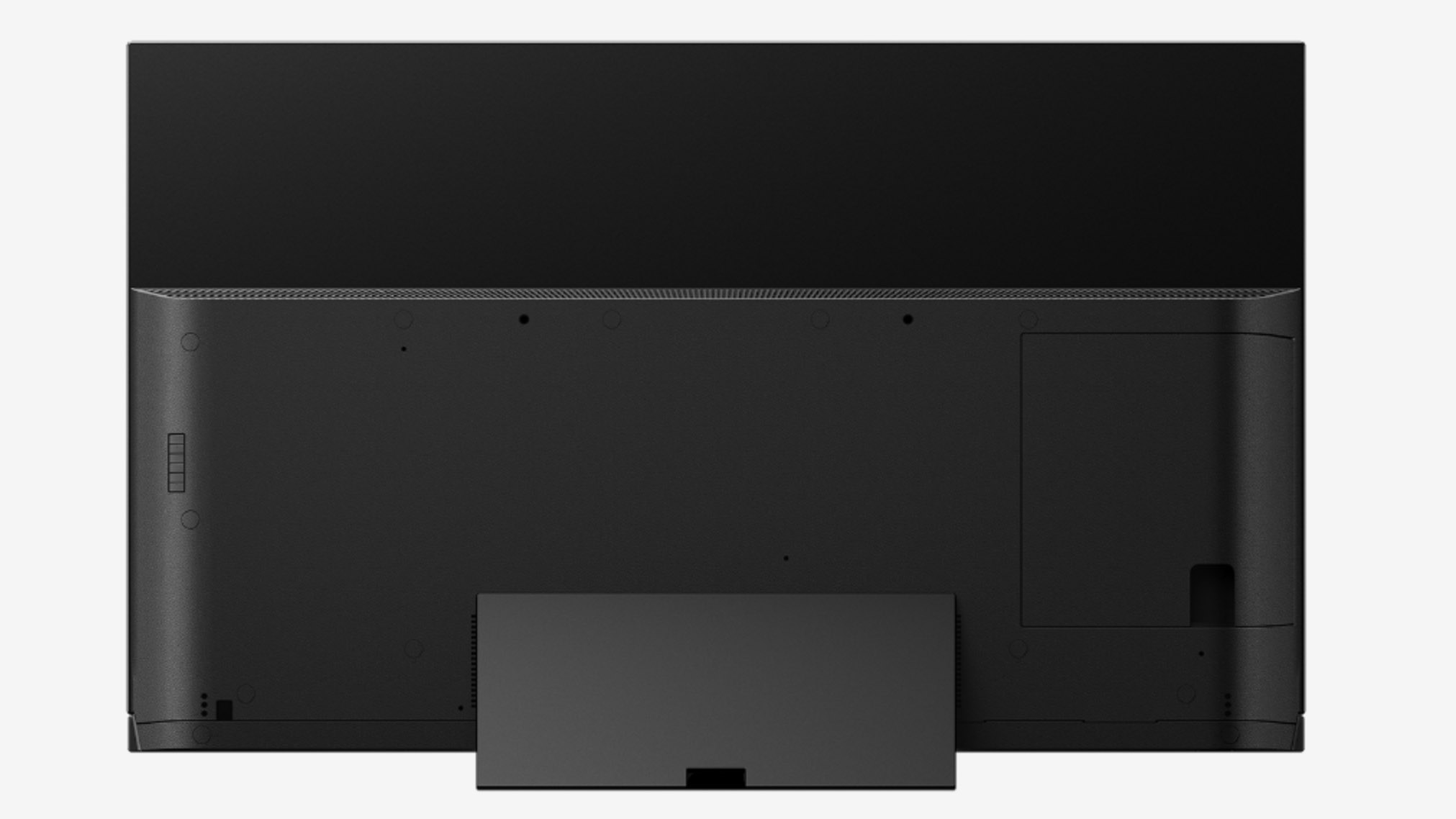
Remarkably, Panasonic has managed to apply the same finesse and subtlety to the 55GZ1500’s colour performance that it has to the set’s contrast. Tones across the wide spectrum the screen can cover are delivered with stunning deftness – even when dealing with awkwardly-lit skin tones or extremely bright tones.
The naturalism and neutrality of the 55GZ1500’s colours impresses right out of the box, too. What’s more, this sense of authenticity holds more or less true regardless of which picture preset you decide is best suited to your tastes, viewing conditions, or the particular content you’re watching.
The 55GZ1500’s ability to deliver even the slightest shading difference, with both colours and contrast also helps high-quality 4K images enjoy spectacular depth and three-dimensionality. Unusually for the TV world, this sense of depth holds equally good with dark as well as light scenes. The Revenant, with its many stunning landscapes and sun- or snow-backed woodlands, is a particular beneficiary of the 55GZ1500’s talent for tonal subtlety and image depth. So good do The Revenant’s pictures look at times on Panasonic’s new OLED screen, in fact, that I felt like I was watching it for the first time – despite using it as a regular test disc for years.
The 55GZ1500’s immense colour and shade precision enables it to deliver some of the most detailed looking 4K pictures I’ve seen, too. Even though the screen I tested was only 55 inches in size, its precision never leaves you in any doubt whatsoever that you’re watching a fantastically dense, textured, refined and HD-thrashing picture.
While model is at its most comfortable with HDR content that’s been mastered to 1000 nit peaks, it still does a great job of retaining its natural, immersive, balanced and detailed look with 4000-nit content (currently the brightest HDR video content gets). It’s particularly good at retaining subtle shading and tone differences in the brightest colours and white areas with such content compared with other OLED screens.
The 55GZ1500’s already stellar performance is taken to new heights if you feed the set an HDR10+ or Dolby Vision 4K Blu-ray too. There’s more dynamism and better balanced lighting – especially during dark scenes – than you get with standard HDR10 feeds.
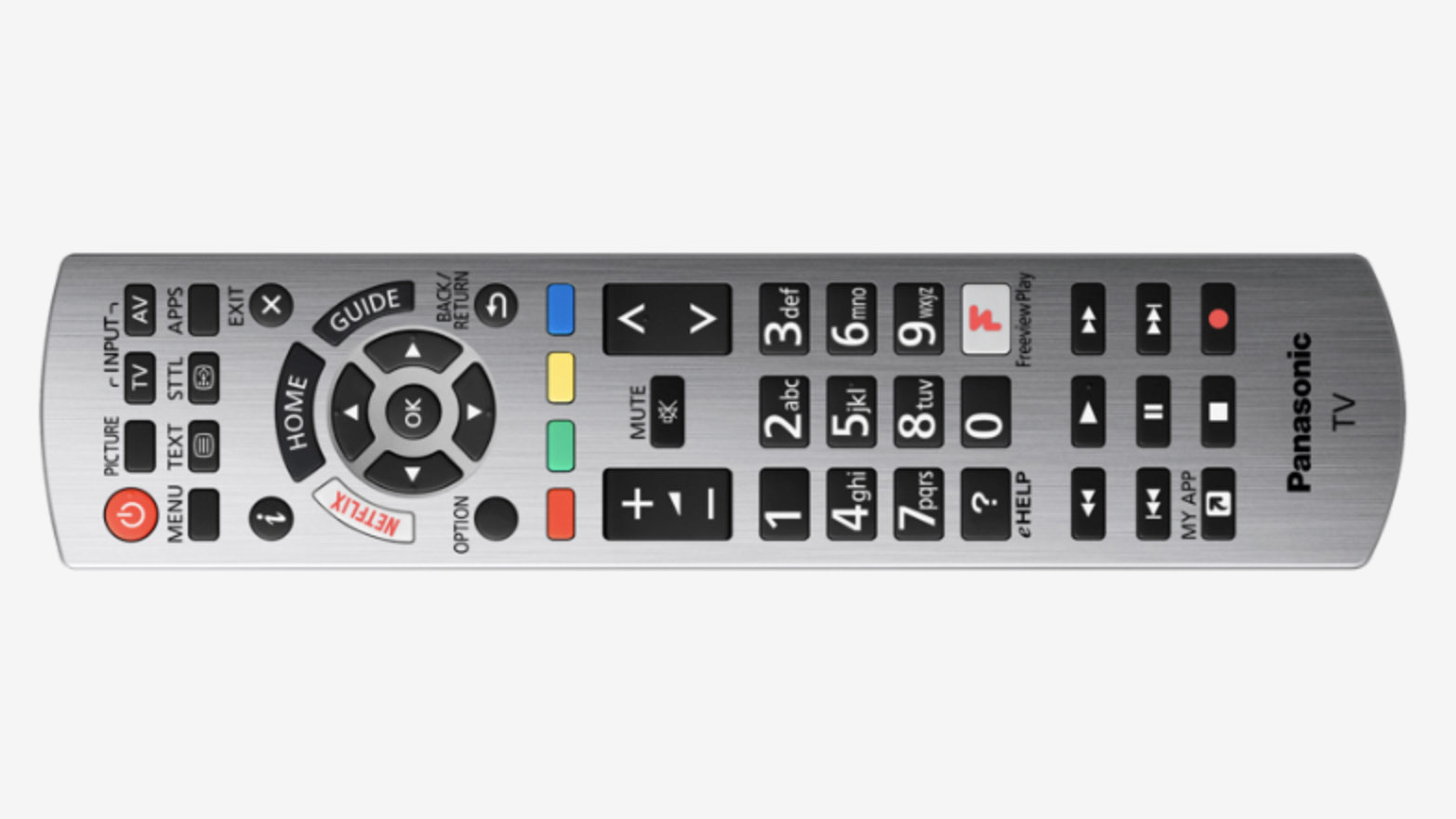
Panasonic’s own processing is clever enough to do a great job of HDR10, of course. But the dynamic metadata of the HDR10+ and Dolby Vision formats still brings a little extra to the party – making it all the more gratifying that the TV supports both formats, given that the vast majority of 4K Blu-rays or HDR streams are only available in one format or the other.
Gamers, meanwhile, will be delighted to learn that the 55GZ1500 only measured around 13ms of lag when running in its Game mode – about as low as it gets in the TV world.
It’s seriously hard to find problems with the 55GZ1500’s pictures. But a couple of small issues did become apparent.
First, there are traces of colour banding watching HDR – usually during shots of the sky – that can become a little ripply if they coincide with a fade to black.
Second, there’s occasionally a brief ‘freeze’ in the picture during camera movements — particularly zoom ins, or when image content comes right towards you. This was at its most noticeable, oddly, with Panasonic’s Intelligent Frame Creation switched on – which is actively meant to prevent picture judder.
Finally, the 55GZ1500’s HDR pictures – at least when showing 4000-nit films – aren’t quite as dynamic and punchy as those of the latest OLED Philips TVs and LG TVs. However, the (considerable) trade off for this, as noted earlier, is that the Panasonic’s pictures retain more colour naturalism and balance, as well as subtler tonal detailing, in the most extreme HDR parts of the picture.
4K/HDR Performance TL;DR The 55GZ1500’s handling of 4K, HDR and wide colour technologies is more consistently intelligent, natural and immersive than it is on any other TV I’ve tested.
Sound
The combination of a built-in soundbar and Dolby Atmos processing pays more dividends than you might expect, given that the soundbar looks too small to do any real damage.
There’s a real sense of scale to the soundstage, which expands well beyond the confines of the TV’s bodywork – while the key elements of the mix project with a directness and impact you just don’t get with more common down-firing speaker arrangements.
The soundbar locks vocals to their source screen too, somehow managing to deliver height, width and even depth effects with uncanny accuracy. The soundstage is clean and detailed, suffering hardly any sense of compression, distortions or muddiness.
A bit more bass would have sealed the deal, but this feels more like something you only miss if you stop to think about it, rather than something that you’re likely to notice mid-movie.
Sound Quality TL;DR It might not look very big, but the 55GZ1500’s built-in soundbar delivers an impressively detailed, powerful and clean sound, with a surprisingly effective sense of height and width through Dolby Atmos mixes.

Other panels to consider
On the OLED front, the LG C9 or, perhaps more fairly, LG E9 models are the 55GZ1500’s closest rivals. The images are slightly more aggressive on both of these LG models, with very bright HDR content, while the E9 delivers an even more powerful Dolby Atmos sound performance.
The 55GZ1500 does, however, deliver more balanced, consistent and overall cinematic pictures, while its support for HDR10+ as well as Dolby Vision (LG TVs only support the latter) is very persuasive. Panasonic’s TV is also £300 cheaper than the E9.
Some LCD TVs can get substantially brighter with HDR than the 55GZ1500’s OLED screen can. The Samsung Q90R series, in particular, reaches around 2000 nits, while still maintaining deep black levels at the other end of the scale.
The Q90R does have to compromise its extreme peak brightness substantially with very contrast-rich content, though, and can suffer with backlight blooming during off-axis viewing – even if Samsung has largely solved its viewing angle problems in its 2019 range. Samsung also only supports HDR10+ with its TVs, without Dolby Vision.
It’s worth briefly adding here that Panasonic’s own GZ2000 OLED will have a panel cooling technology to aid with brightness compared to existing OLEDs, though we’ll have to see how it fares upon release later this year.
Final verdict
While Panasonic’s smart TV features may be a little off the pace set by LG and Samsung, Panasonic’s Hollywood ties and unparalleled experience with self-emissive screen technologies have taken OLED picture quality to giddy new heights with the 55GZ1500. Oh, and it sounds pretty good, too.
Panasonic is also the clear winner in today’s format wars, offering both HDR10+ and Dolby Vision across its mid-range and premium sets, including the GZ1500 reviewed here. For viewers wanting to get top quality video from whatever streaming platform or 4K Blu-ray they come across, something like the GZ1500 is probably your best bet.
- Panasonic TV range 2019: all the Panasonic TVs coming to market this year
John has been writing about home entertainment technology for more than two decades - an especially impressive feat considering he still claims to only be 35 years old (yeah, right). In that time he’s reviewed hundreds if not thousands of TVs, projectors and speakers, and spent frankly far too long sitting by himself in a dark room.
